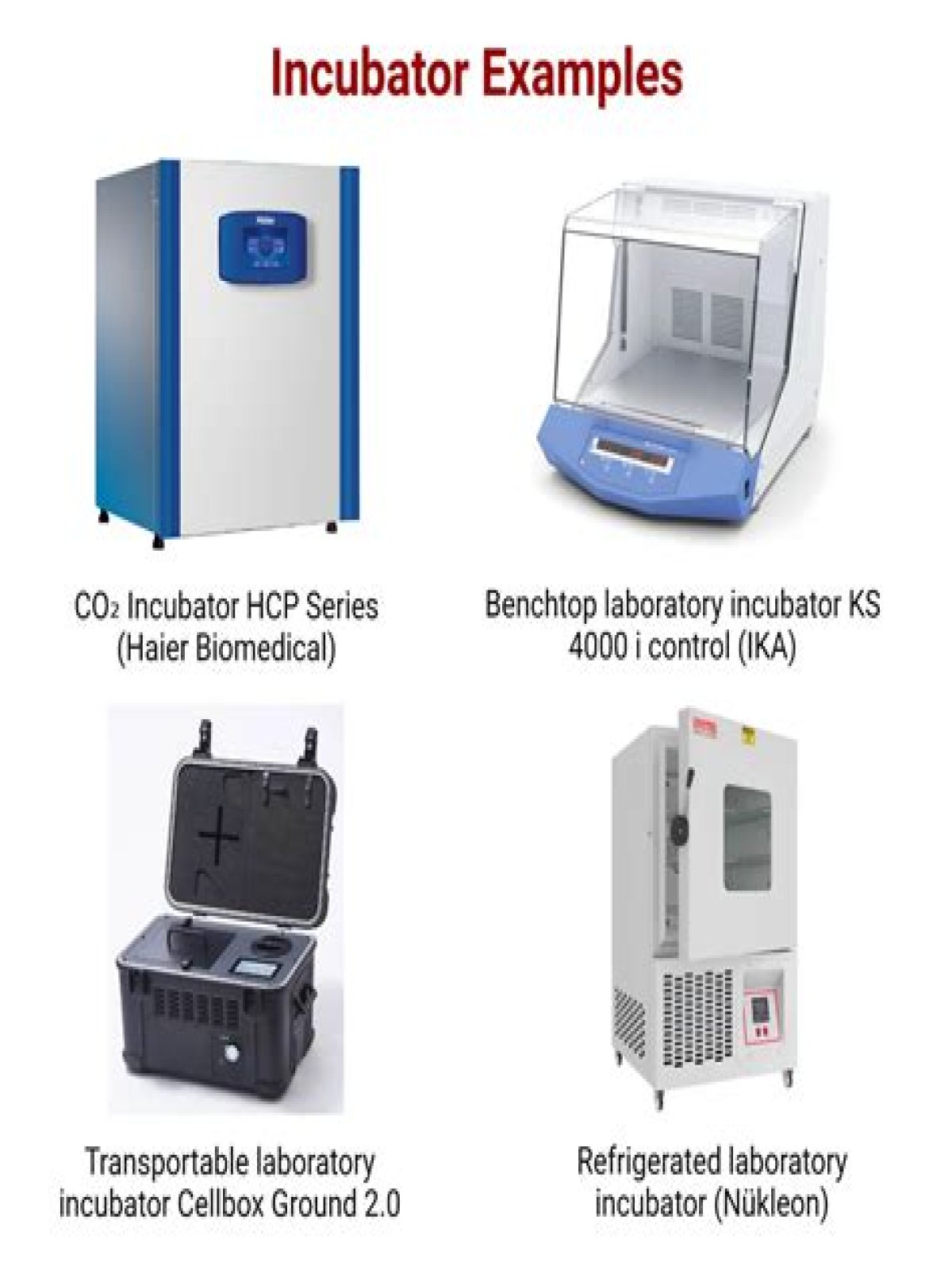How do you test CO2 in an incubator?
How do you test CO2 in an incubator?
The easiest and most accurate method to measure the CO2 level in an incubator is with a gas analyzer such as a Fyrite® device. These can be purchased from many scientific supply houses and are available in models designed to measure CO2 or O2 levels.
Do incubators need to be calibrated?
Calibration is an important part of maintaining CO2 incubator performance. In fact, it’s critical to maintaining the performance of most lab equipment. If you’re properly maintaining the incubator, then you should only need to calibrate a few times per year.
How often should incubators be calibrated?
Replace gas inlet filters (where the CO2 gas enters the incubator) every six months to one year. CO2 calibration should be monitored regularly using a CO2 analyzer or handheld sensor, from once per month to quarterly, depending on traffic in and out of the incubator.
How much CO2 does an incubator use?
about 5 percent Incubators provide a stable environment designed to mimic a cell’s natural environment: pH of 7.2 to 7.5, temperature of 37°C, and a relative humidity of about 95 percent. The CO2 concentration, about 5 percent, is controlled to match physiologic conditions and to maintain a constant pH.
How often should you change the water in a CO2 incubator?
Change the water completely about one time per week to limit microorganisms colonizing the water. A HEPA filter which is positioned inside the incubator chamber and is driven by a circulating fan will capture all types of microorganisms and dust particles.
How do you calibrate an incubator temperature?
You need to make sure your incubator thermometeris reading correctly, since even one degree of difference may cause serious problems with your hatch! It’s fairly easy to calibrate with crushed ice: your thermometer should read 32 degrees in a mixture of crushed ice and a little water.
How do I reset my egg incubator?
To reset the day “counter”, push and hold the “reset” button. I do not have a “black” button below my power button on either of my two incubators. When clearing the days, it may be necessary to repeat the push# hold procedure twice. It is a “safety” measure to prevent your “count” from being erased.
What temp do I set my incubator?
How to set up the egg incubator
- Optimum temperature: 100.5 degrees Fahrenheit.
- Temperature range: 99-102 degrees Fahrenheit.
- Relative humidity, day 1-17: 50-55 percent.
- Relative humidity, day 18-21: On day 18, raise the relative humidity to 70 percent.
Which method is used to maintain temperature in incubators?
Principle/ Working of Incubator The temperature is maintained by utilizing the heating and no-heating cycles. During the heating cycle, the thermostat heats the incubator, and during the no-heating period, the heating is stopped, and the incubator is cooled by radiating heat to the surrounding.
How much CO2 does a CO2 incubator use?
How do I increase CO2 in my incubator?
Option 1: use organic buffered media (eg. HEPES -buffered media) for 1-3 days of culture. Option 2: use portable incubator. Option 3: you can use chemically generated CO2 in a chamber and culture the flask in it.
What is the role of CO2 in CO2 incubator?
The CO2 incubators are mainly used for cell culture and provide control over factors such as temperature, CO2 for maintaining proper pH levels, and humidity, all of which affect cell growth. CO2 incubators are typically heated to 37°C and maintain 95% relative humidity and a CO2 level of 5 percent.
What is CO2 incubator in microbiology?
Interior of a CO2 incubator used in cell culture. Incubator is a device used to grow and maintain microbiological cultures or cell cultures. The incubator maintains optimal temperature, humidity and other conditions such as the CO (CO2) and oxygen content of the atmosphere inside.
What is a CO2 tester?
carbon dioxide content (CO2 content) test. a blood test used to measure CO2 content in the blood. It is used to assist in evaluating the patient’s pH status and electrolytes. It is usually performed along with other assessments of electrolytes and is used primarily as a rough guide as to the patient’s acid/base balance.
